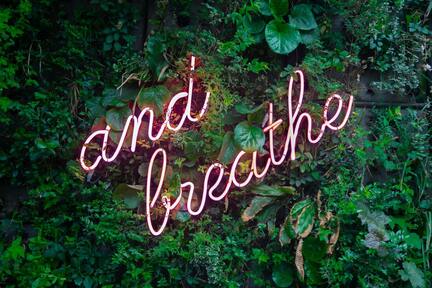Welcome to Our Pelvic Health Blog
Read on to learn more about pelvic floor physical therapy during pregnancy, postpartum, perimenopause, and for common pelvic health conditions including pelvic organ prolapse, incontinence, constipation, pelvic pain, vaginismus, endometriosis, interstitial cystitis and pudendal neuralgia.


 RSS Feed
RSS Feed